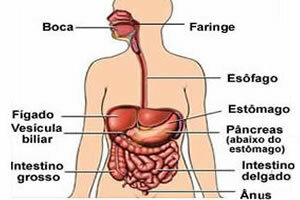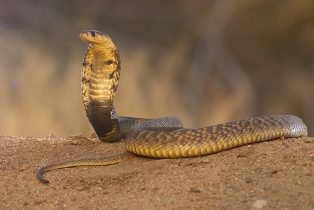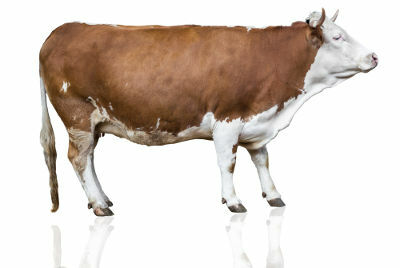The human body has different internal organs, each with a function. This allows our body works properly.
The digestive system is made up of several of these organs. He is responsible for transforming the food we eat into very small substances, causing their nutrients to be carried by the blood throughout our body. After that, what has no use for the body is eliminated by feces.
We call this process digestion. Thanks to her we have energy to play, study, in short, to do our daily activities.
The organs that make up the digestive system are: mouth, pharynx, esophagus, stomach, small intestine, large intestine and anus.
Digestion starts when we put food in the mouth. Saliva production is stimulated, and the teeth and tongue work to grind and moisten it. After this moment, he is swallowed, passing through the pharynx and esophagus and then to the stomach.

The stomach is where the bolus goes. It joins the gastric juice, which is a substance found there, and which helps to transform the bolus into even smaller pieces. After that, it is called chyme.
As food arrives, the stomach expands. Normally, it can hold up to two liters of food, but this varies from person to person. Some nutrients are already used by the body, being carried by the blood to the cells.
After the stomach, the chyme goes to the small intestine. There, it is mixed with pancreatic juice (made in the pancreas), bile (coming from the liver) and enteric juice from the intestine itself. There, other nutrients are used and, at the end of the process, the chyme is called kilo.
The kilo goes to the large intestine. There, water and mineral salts are used. The rest is called feces, and is eliminated out of the body through the anus.


